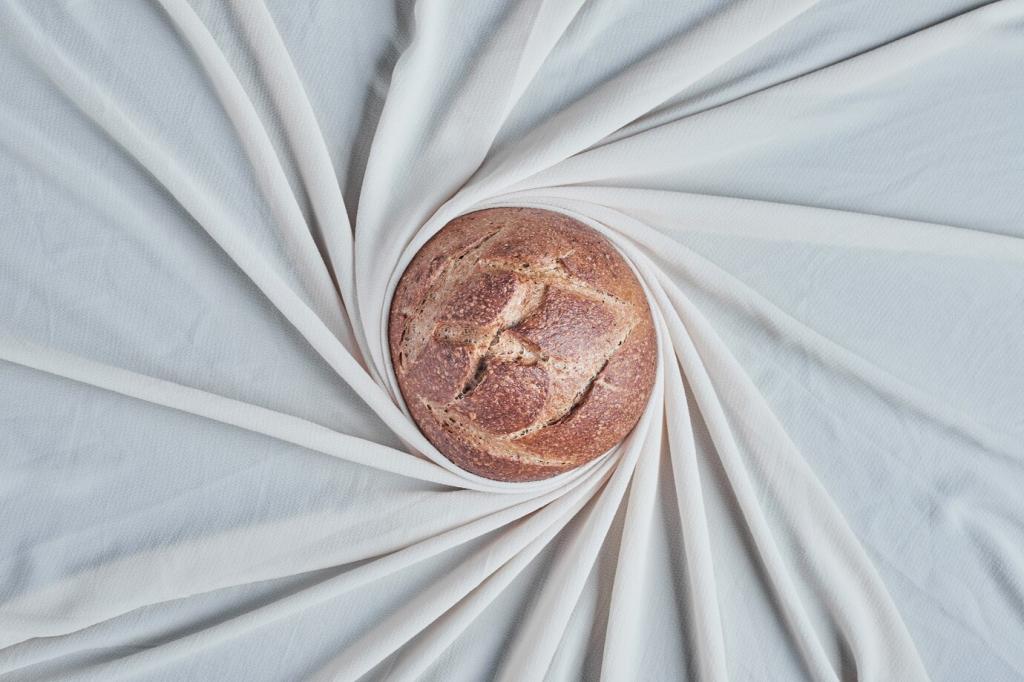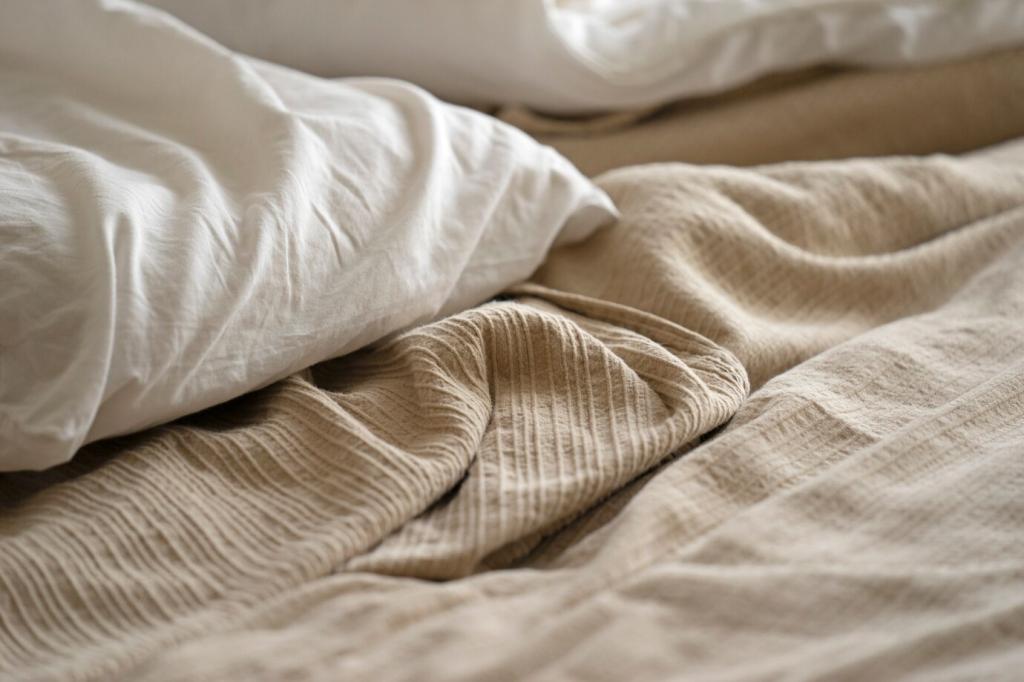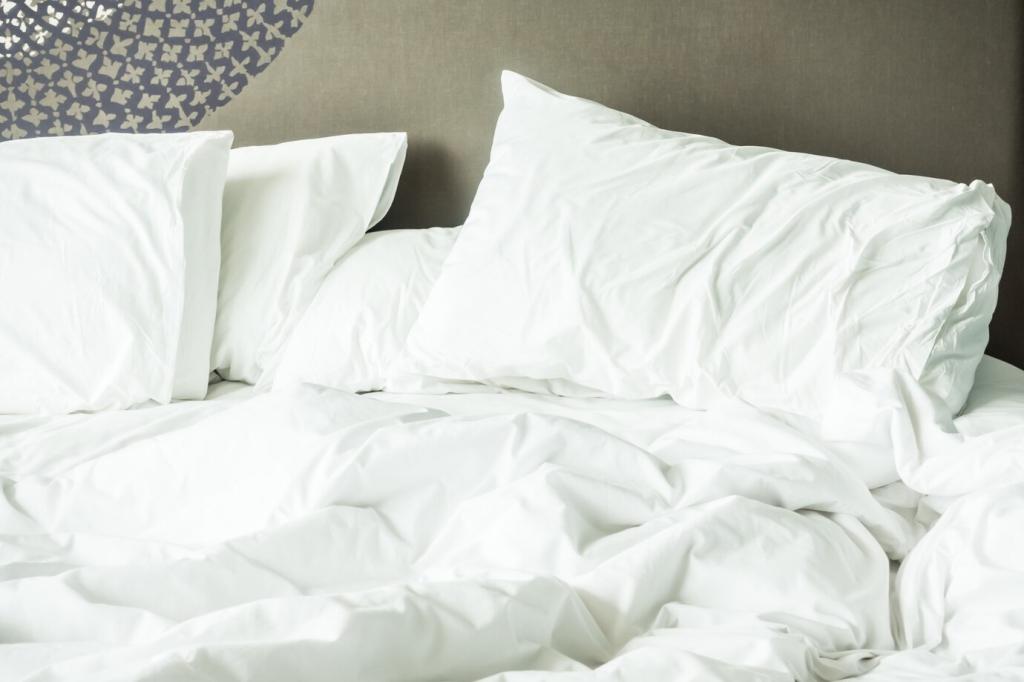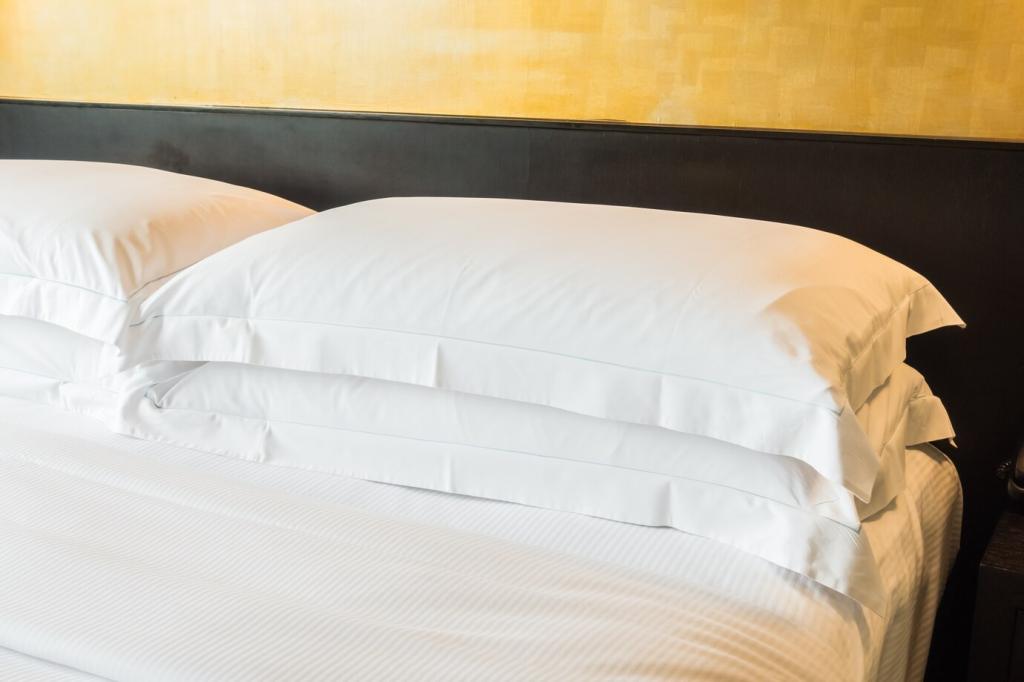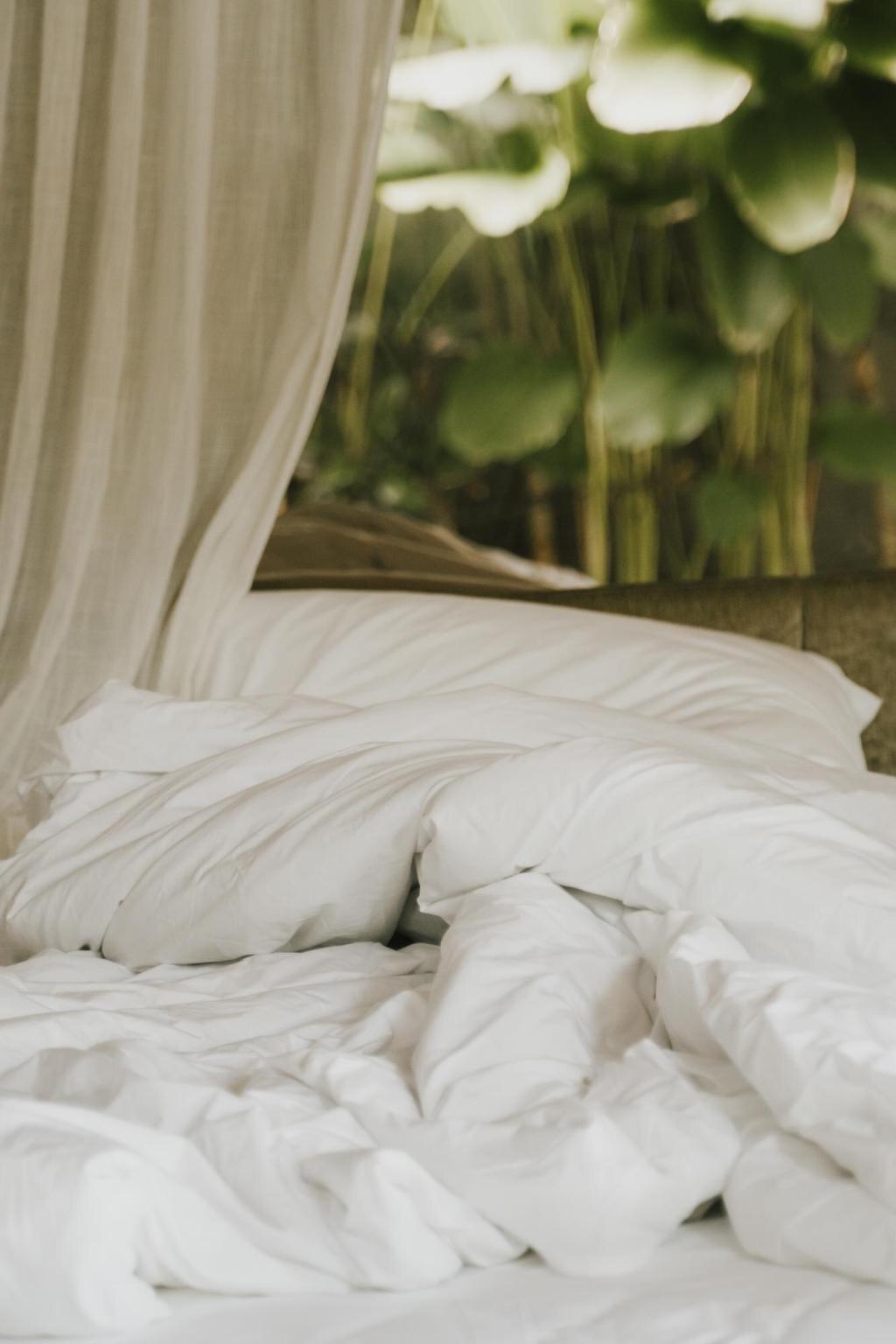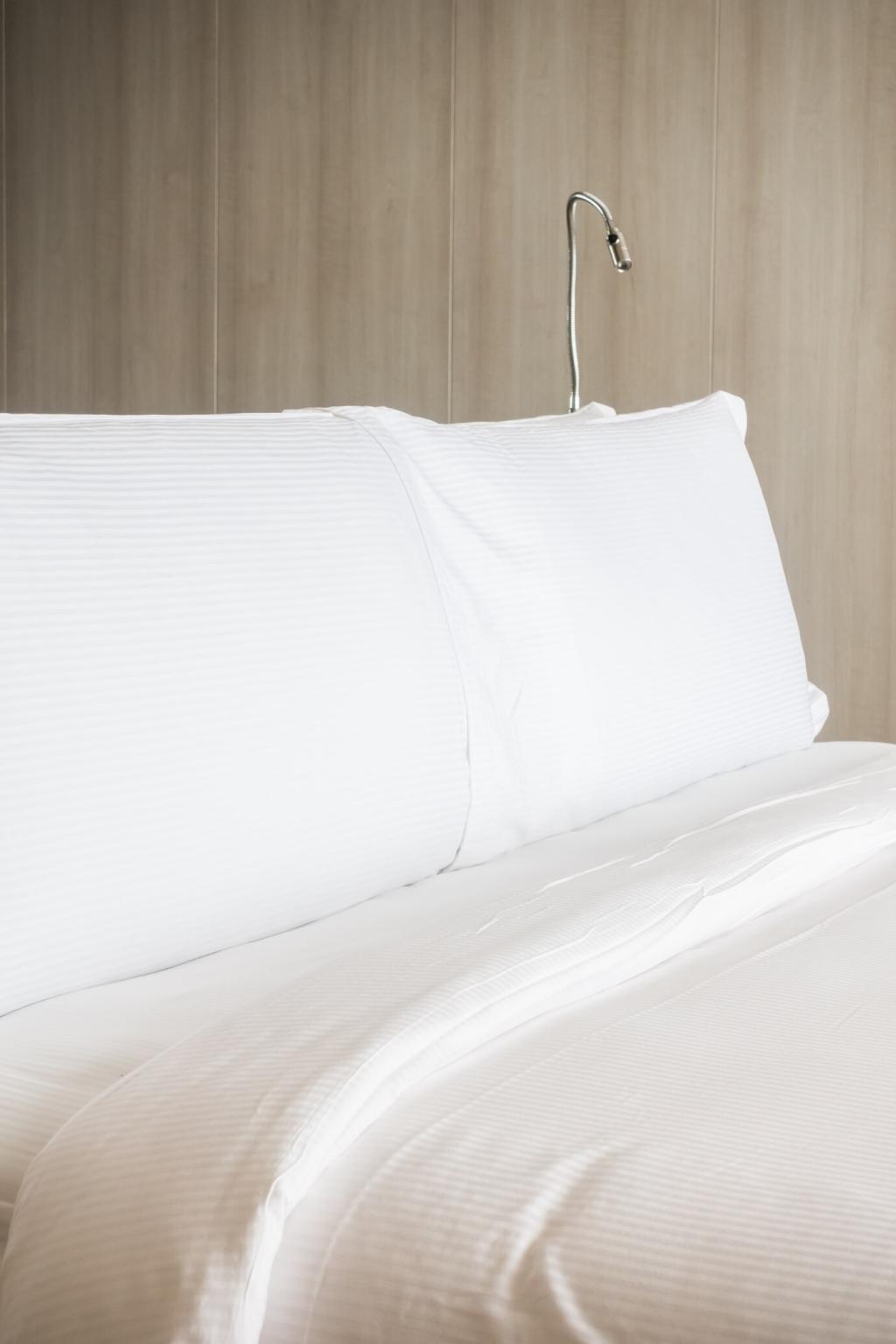Sleep Science Behind Silk and Cotton
Silk naturally helps stabilize microclimate by insulating without trapping heat, keeping you comfortable across shifting temperatures. Cotton excels at breathability, encouraging airflow, which can feel refreshingly cool—especially valuable for hot sleepers or warm bedrooms.
Sleep Science Behind Silk and Cotton
Cotton absorbs sweat readily, which can feel dry at first but sometimes clammy if humidity rises. Silk manages moisture more subtly, reducing surface dampness and friction, often preserving that smooth, dry-on-skin sensation throughout the night.

